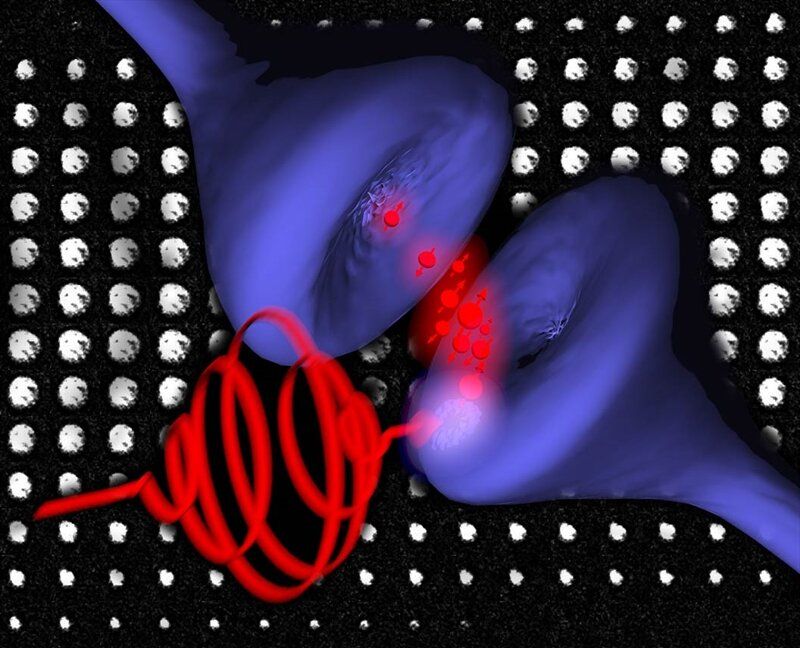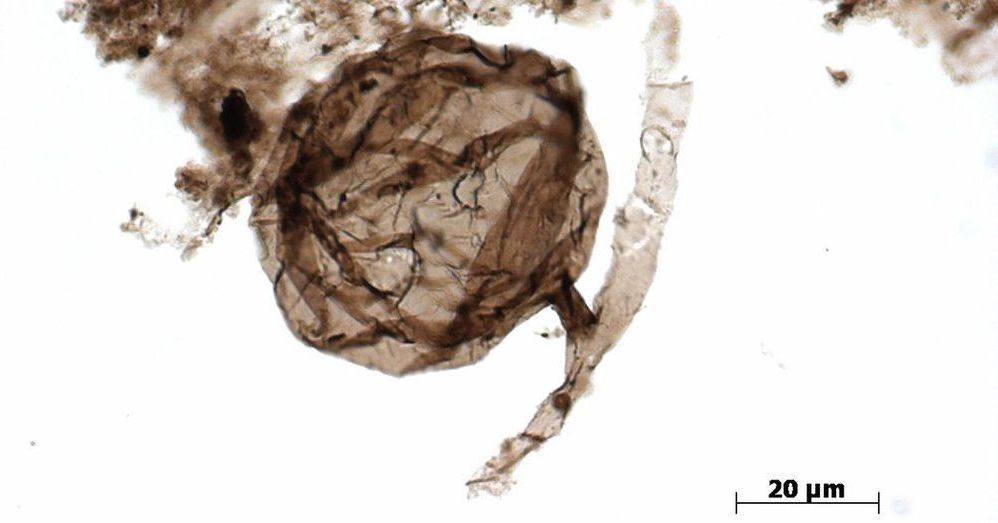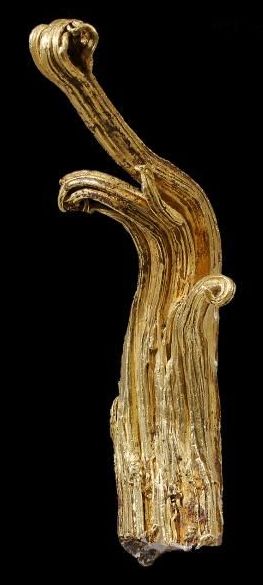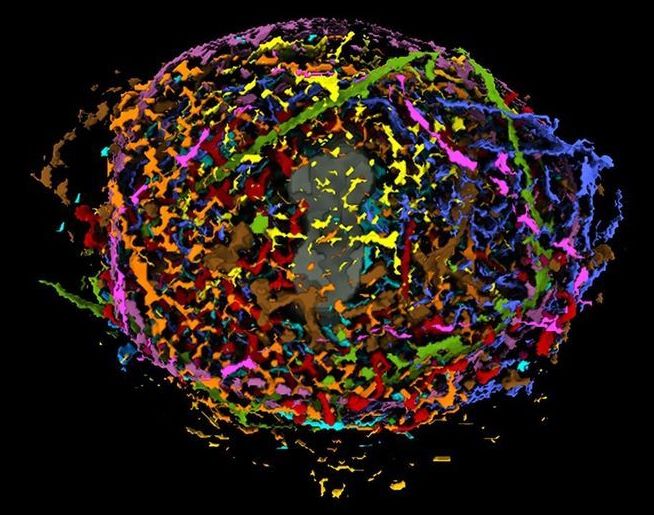Page 8769
May 22, 2019
Learning magnets could lead to energy-efficient data processing
Posted by Quinn Sena in categories: computing, physics
The power consumption of data centers around the world is increasing. This creates a high demand for new technologies that could lead to energy-efficient computers. In a new study, physicists at Radboud University have demonstrated that this could also be achieved by using chips whose operation is inspired by that of the human brain. The study was published in the scientific journal Applied Physics Letters on 16 May.
Compared to our current computers, the human brain uses a fraction of the energy to process the same amount of data. This is possible due to the fact that our brains can process data in parallel and store it as well by making connections stronger or weaker.
“We wanted to see if we could implement this property of plasticity in an artificial system and combine it with the rapid and energy-efficient technique to control magnetism using light, which has been applied for some time already,” say Johan Mentink and Theo Rasing, both physicists at Radboud University. “This should eventually lead to energy-efficient and smart computers.”
Continue reading “Learning magnets could lead to energy-efficient data processing” »
May 22, 2019
Regrowing Body Parts, With A Little Help From Lasers And Stem Cells
Posted by Quinn Sena in categories: biotech/medical, health
A dental investigator with the National Institutes of Health will begin clinical human trials this year of a laser technique that stimulates stem cells for the regeneration of teeth and, possibly, other human body parts.
Scientists at the Max Planck Institute for Solar System Research (MPS), the Georg August University of Göttingen, and the Sonneberg Observatory have discovered 18 Earth-sized planets beyond the solar system. The worlds are so small that previous surveys had overlooked them. One of them is one of the smallest known so far; another one could offer conditions friendly to life. The researchers re-analyzed a part of the data from NASA’s Kepler Space Telescope with a new and more sensitive method that they developed. The team estimates that their new method has the potential of finding more than 100 additional exoplanets in the Kepler mission’s entire data set. The scientists describe their results in the journal Astronomy & Astrophysics.
Somewhat more than 4000 planets orbiting stars outside our solar system are known so far. Of these so-called exoplanets, about 96 percent are significantly larger than our Earth, most of them more comparable with the dimensions of the gas giants Neptune or Jupiter. This percentage likely does not reflect the real conditions in space, however, since small planets are much harder to track down than big ones. Moreover, small worlds are fascinating targets in the search for Earth-like, potentially habitable planets outside the solar system.
The 18 newly discovered worlds fall into the category of Earth-sized planets. The smallest of them is only 69 percent of the size of the Earth; the largest is barely more than twice the Earth’s radius. And they have another thing in common: all 18 planets could not be detected in the data from the Kepler Space Telescope so far. Common search algorithms were not sensitive enough.
Continue reading “Eighteen Earth-sized exoplanets discovered” »
May 22, 2019
This Two-Legged Robot Will Deliver Packages via Self-Driving Fords
Posted by Quinn Sena in categories: robotics/AI, transportation
May 22, 2019
Scientists break record for highest-temperature superconductor
Posted by Genevieve Klien in category: materials
University of Chicago scientists are part of an international research team that has discovered superconductivity—the ability to conduct electricity perfectly—at the highest temperatures ever recorded.
May 22, 2019
How Did Life Arrive on Land? A Billion-Year-Old Fungus May Hold Clues
Posted by Genevieve Klien in category: futurism
A cache of microscopic fossils from the Arctic hints that fungi reached land long before plants.
May 22, 2019
This is the world’s rarest form of gold. New clues are revealing why
Posted by Genevieve Klien in category: futurism
More than 130 years after its discovery, scientists just got their first high-tech peek at the unexpected crystal structure inside the Ram’s Horn.
May 22, 2019
Computerized Model Reveals Details Of How Human Cells Divide
Posted by Genevieve Klien in category: biotech/medical
The nonprofit Allen Institute in Seattle has produced a visualization of human cell division that promises to be useful for professional scientists and curious amateurs alike.
May 22, 2019
Civil War plant medicines blast drug-resistant bacteria in lab tests
Posted by Quinn Sena in category: biotech/medical
During the height of the Civil War, the Confederate Surgeon General commissioned a guide to traditional plant remedies of the South, as battlefield physicians faced high rates of infections among the wounded and shortages of conventional medicines. A new study of three of the plants from this guide—the white oak, the tulip poplar and the devil’s walking stick—finds that they have antiseptic properties.
Scientific Reports is publishing the results of the study led by scientists at Emory University. The results show that extracts from the plants have antimicrobial activity against one or more of a trio of dangerous species of multi-drug-resistant bacteria associated with wound infections: Acinetobacter baumannii, Staphylococcus aureus and Klebsiella pneumoniae.
“Our findings suggest that the use of these topical therapies may have saved some limbs, and maybe even lives, during the Civil War,” says Cassandra Quave, senior author of the paper and assistant professor at Emory’s Center for the Study of Human Health and the School of Medicine’s Department of Dermatology.
Continue reading “Civil War plant medicines blast drug-resistant bacteria in lab tests” »


















